Rubens gives full play to the savagery that tradition accorded the wolf, as we saw in regard to the large wolf and which is no less evident in the smaller one. Indeed, the smaller beast displays its claws, which the stance of the larger wolf does not allow. Rubens portrays them in considerable detail, showing the pointed nail embedded in a thick pad, and with comparable accuracy he depicts the wolfs saw-toothed maw. The special prominence that Rubens accords to these features, whose proximity to the picture plane causes the viewer instinctively to retreat to a safer zone, is more than merely a matter of characterizing the wolf according to its distinctive traits. These features intimate another consequential issue, that nature (or providence or God) endows each animal with the weaponry it needs to protect itself. Rubens illustrates this point when he shows the wolf biting down on the blade. The fang is the wolfs natural weapon, which it wields against the arms that man crafts. In this clash, fierce though it may be, man will ultimately triumph; Rubens leaves no doubt about human ascendancy, which is founded on the exclusive possession of the rational faculty. This anthropocentric position maintains that God granted man stewardship of his creation with the expectation that he would wield power wisely, benevolently, without injustice or abuse.
The link under the Paul Rubens painting above will take you to the entire article. What you might not expect is some discussion of politics in art. Take a stab at it. Some "egghead academics" do get it.
Posts and Comments from Readers
Please include yourself in the discussion. Post a comment.
Sunday, February 10, 2008
Bernie, This Blog's For You
Labels:
NEW MEXICO,
Paul Rubens,
politics in art,
Wolves
Subscribe to:
Post Comments (Atom)




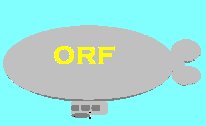




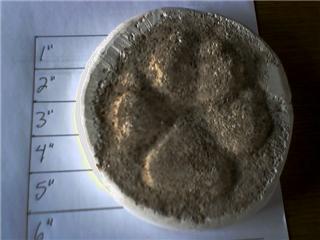


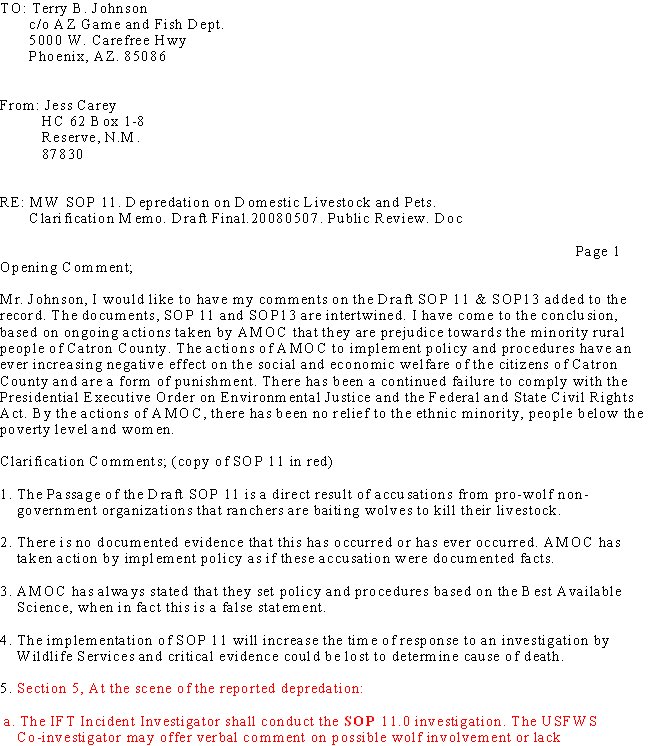

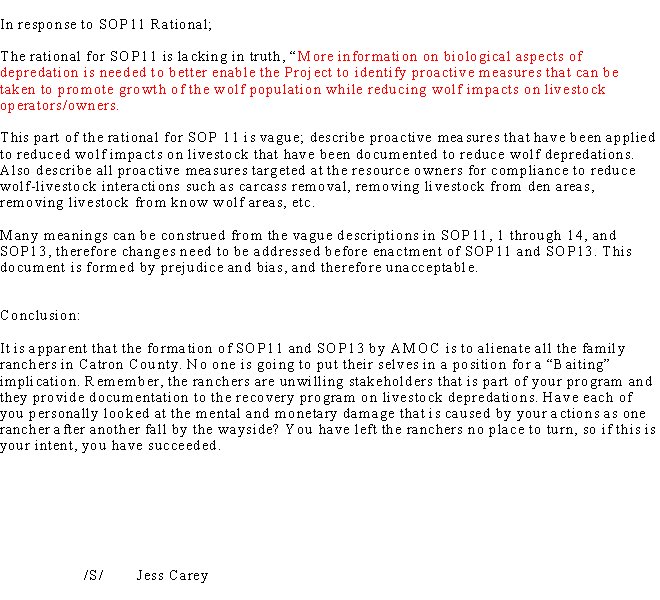

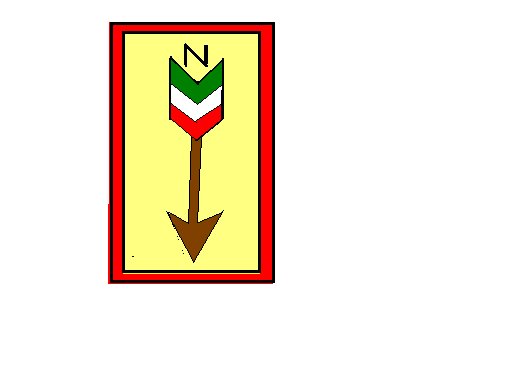


.jpg)


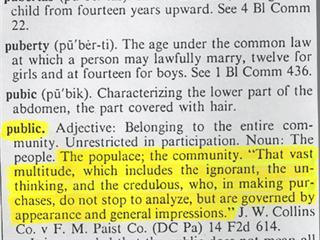










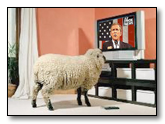

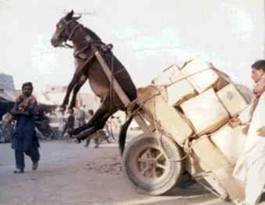


No comments:
Post a Comment